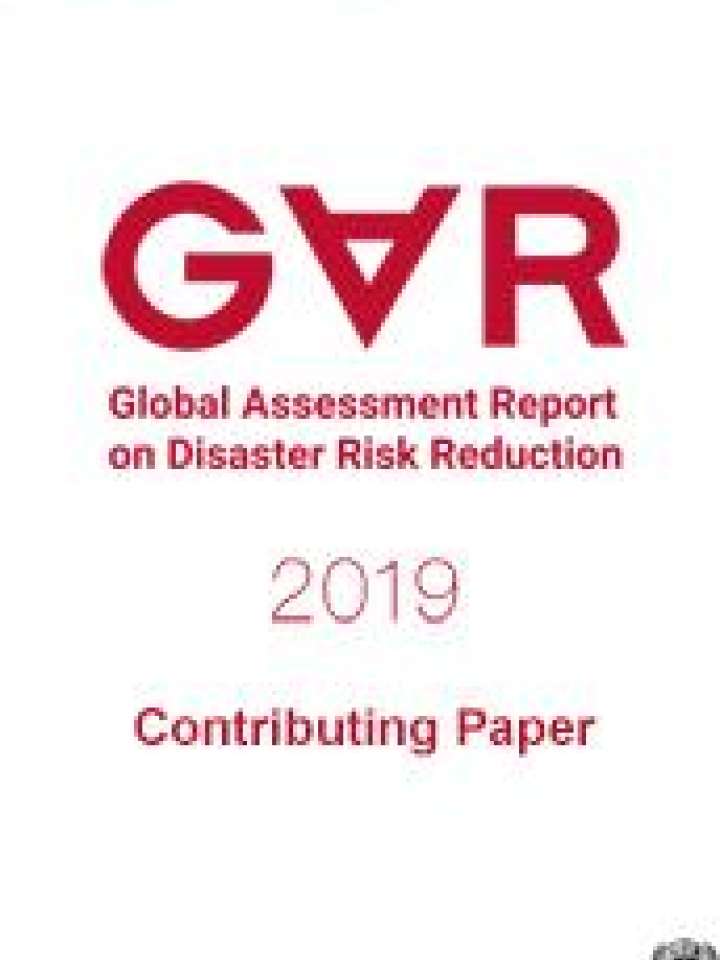Analyzing logistic operations in rain and storm-related disaster: a case study of four cities in Sao Paulo, Brazil
The cities of São Luiz do Paraitinga, in 2010; Cubatão, in 2013; Itaóca, in 2014; and Jarinu in 2016, all located in the State of São Paulo, suffered disasters caused by heavy rains and storms resulting in human and economic losses, as well as leaving dozens of people homeless or displaced. Immediately after the disaster, these localities began their recovery processes. This paper aims to evaluate the disaster phases of response and reconstruction in these locations through the following criteria: actors, donations, homelessness and housing, information and risk mitigation. Through case studies, in which field visits and interviews with the staff in charge of the response were carried out in order to verify the disaster context, this evaluation is complemented by an analysis of the literature on the subject.
The results suggest that simple adherence to the Making Cities Resilient campaign does not ensure that municipalities are able to respond effectively to disasters, or that their recovery process reaches a better state than the previous one (Build Back Better). Hence, better monitoring of these cities is suggested, so that they may evolve from simple adherence to the campaign for implementing measures that, in fact, will increase their resilience to disasters.
This paper is a contribution to the 2019 edition of the Global Assessment Report on Disaster Risk Reduction (GAR 2019).
To cite this paper:
de Brito Junior, I.; Pinto Ribeiro, T. and Yoshizaki, H.T.Y. Analyzing logistic operations in rain and storm-related disaster: a case study of four cities in Sao Paulo, Brazil. Contributing Paper to GAR 2019
